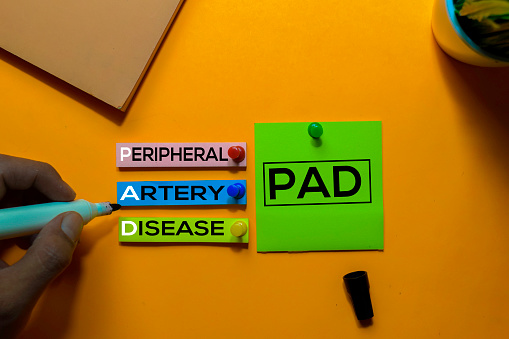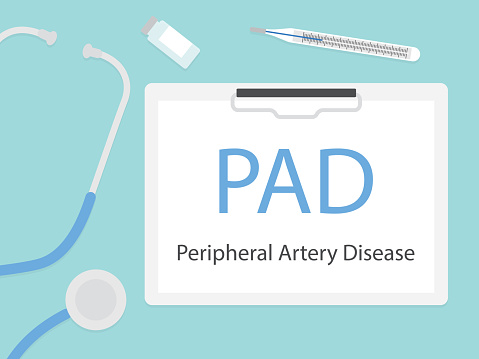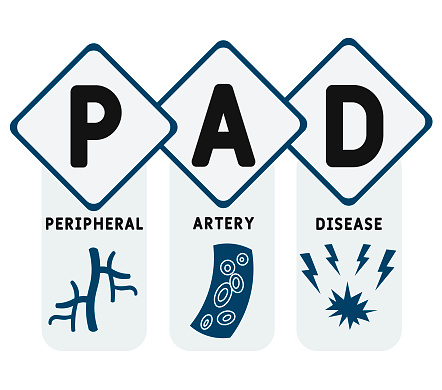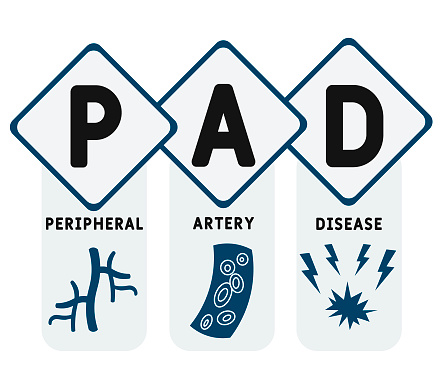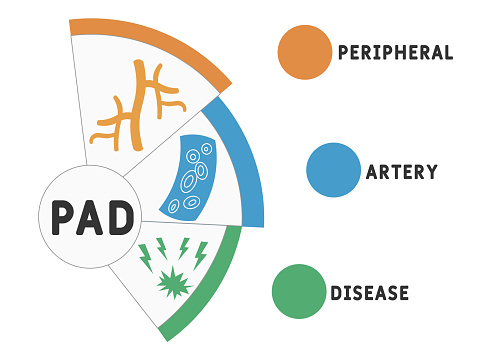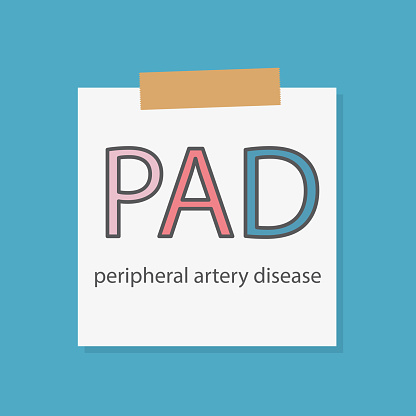A study shows that an amputation event may provide teachable moments with respect to disease management and need for equity in health access in patients with peripheral artery disease (PAD) and diabetes (DM). The results appeared in Preventative Medicine Reports.
“Lower extremity amputation due to PAD and DM is a life-altering event that identifies disparities in access to healthcare and management of disease,” the researchers wrote. “West Virginia (WV), a highly rural state, is an ideal location to study these disparities.”
In this study, the researchers used the WVU longitudinal health system database to identify risk factors for amputation, how disease management affects the risk of amputation, and whether the event of amputation is associated with a change in HbA1c and LDL levels. The study consisted of 50,276 adult patients (≥18 years) with diagnoses of DM and/or PAD between 2011 and 2016 (n=369 underwent amputation). Multivariable logistic regression analyses were performed to assess the association between patient factors and amputations.
According to the results, male sex and self-pay insurance were linked with higher odds for amputation. Moreover, compared to patients with DM alone, PAD patients had 12.3 times higher odds of amputation, while patients with DM and PAD had 51.8 times higher odds of amputation compared to DM alone.
“These findings highlight the importance of medical optimization and patient education and suggest that an amputation event may provide an important opportunity for changes in disease management and patient behavior,” the researchers wrote.
Link: https://pubmed.ncbi.nlm.nih.gov/34381667/
Keywords: Behavior change, Diabetes, Disease management, Lower extremity amputation, Peripheral artery disease, Risk factor modification, Rural health

